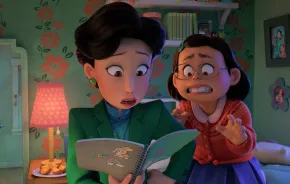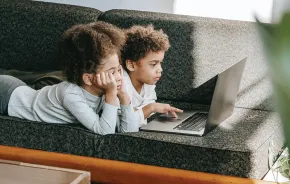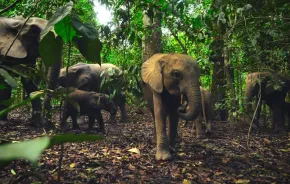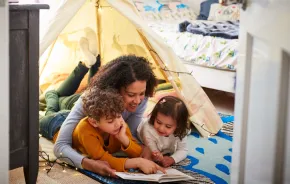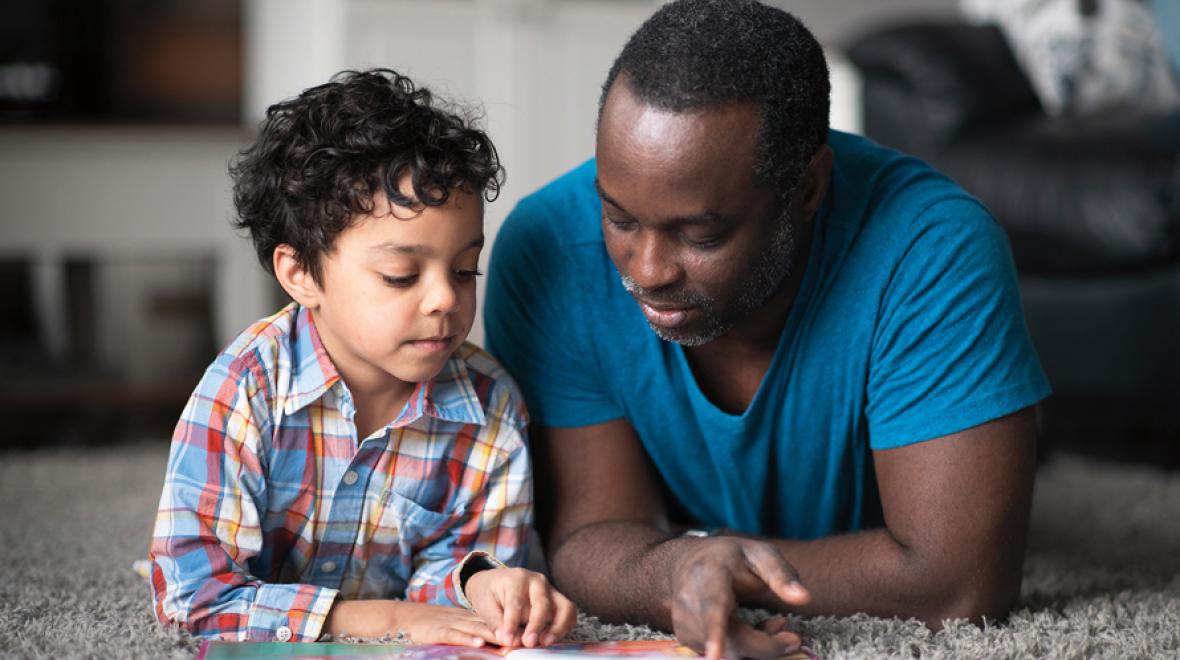
Whatever our summer plans may have been a few months ago, it turns out that most of us will be sticking pretty close to home. Fortunately, the Pacific Northwest in summertime is hard to beat. And if you’re worried that your kids didn’t learn as much in four months of home-based education as they would have at school, nature is a wonderful summer school teacher.
In fact, direct observation of nature can be more reliable than books. Children’s books are especially prone to include inaccuracies, such as presenting images of spouting whales (whales breathe air, not water, from blowholes) and slugs with eyestalks (they don’t have eyes). We couldn’t fact-check everything in the following books, but we’ve rounded up some generally reliable resources for teaching kids about the natural world — and protecting it.
As you share these books with your children, ask them questions about what they are reading. Questioning the details is one of the first steps to building media literacy. And if they start to question why humans are doing so much damage, so much the better. That’s the first step to conservation.
“National Geographic Kids National Parks Guide” by National Geographic Kids
Washington state has several national parks that kids may have enjoyed in the past and will be able to visit again soon. While pandemic closures are temporary, parks are subject to permanent degradation from mining and fossil fuel drilling — and national monuments could lose protection entirely. For now, kids can learn about the parks and how to camp and hike responsibly so that they don’t damage wild areas when they visit them. They can also write to their congressional representatives to tell them how important it is to protect public lands. Learning how to contact elected officials on issues they care about is a valuable lesson kids can use for life.
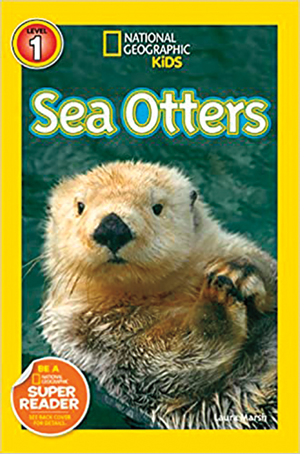 “National Geographic Readers: Sea Otters” by Laura Marsh
“National Geographic Readers: Sea Otters” by Laura Marsh
Featuring vivid photographs and presented in language simple enough for early readers to understand, this title helps kids learn more about these charismatic mammals. Hunted to near extinction for their fur in the early 20th century, our local northern sea otters (found in Washington, Alaska and British Columbia) now have healthy populations, but the southern sea otters are still considered threatened under the Endangered Species Act.
Until it’s safe to visit in person again, kids can view Seattle Aquarium’s otter cams and browse its website for more information about sea otters and other animals that live in our northwestern waters. When you are out exploring again, look for otters along the Olympic Peninsula’s western coast at sites like La Push, Rialto Beach and Ruby Beach, and on the Strait of Juan de Fuca at Shipwreck Point and Snow Creek.
The biggest human threat to sea otters are oil spills. Children who are concerned about this and other environmental impacts from oil can connect (digitally for now) with the local chapter of #FridaysForFuture.
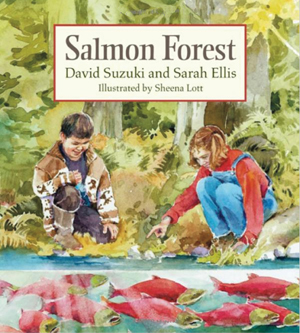 “Salmon Forest” by David Suzuki and Sarah Ellis
“Salmon Forest” by David Suzuki and Sarah Ellis
During a fictionalized walk in the forest, young Kate learns from her biologist father about the life cycle of the salmon and how it is linked to every part of the forest. This book, cowritten by noted environmentalist David Suzuki, also introduces native peoples’ sustainable approach to living with and using the forest. After reading “Salmon Forest,” you and your child can brainstorm ways to make your own back yard more salmon-friendly. Then you can get out in the garden together and follow some of Snohomish County’s salmon-friendly gardening advice.
“Come Back, Salmon” by Molly Cone
Two books on the same list about a fish may seem like a lot. But the salmon is as important to the ecology and traditional cultures of the Pacific Northwest as the buffalo were to the Midwest. For anyone who doesn’t believe that kids can make a difference, this book describes how the students of Jackson Elementary School in Everett cleaned up a nearby stream, stocked it with salmon and worked to preserve it as an unpolluted place where the salmon could return to spawn.
Work parties may be on hold for now, but several organizations throughout the Puget Sound region welcome families to restoration parties where volunteers plant native species, pull invasive plants, pick up trash and maintain trails. Use Google to find an organization near you, then keep an eye on its website for post-quarantine projects. In the meantime, pick up trash whenever you are out walking with your kids and pay a virtual visit to the Ballard Locks fish ladder.
“Rising Seas: Flooding, Climate Change and Our New World” by Keltie Thomas
This 2019 Silver Birch Award nonfiction nominee does not present information specific to the Pacific Northwest, but the effects of climate change — including rising sea levels — are still relevant to us. Written for upper elementary students, “Rising Seas” uses vivid illustrations of coastal areas based on actual sea-rise predictions. Alone, these images could be considered sensationalistic, but the scary facts are paired with a closing section presenting 10 steps readers of all ages can take to combat climate change.
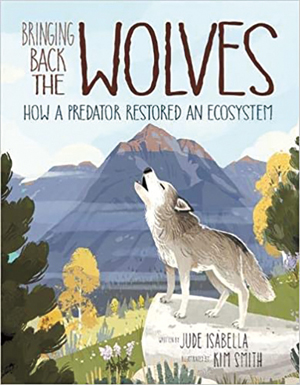 “Bringing Back the Wolves: How a Predator Restored an Ecosystem” by Jude Isabella
“Bringing Back the Wolves: How a Predator Restored an Ecosystem” by Jude Isabella
Introducing the concept of a trophic cascade, “Bringing Back the Wolves” traces what happened when wolves were reintroduced to Yellowstone National Park. Washington state is also home to wolves, where their recovery presents the usual conflicts between natural ecology and human economic activity.
Few wolves have been spotted west of the Cascades, but families should still learn the basics of safe hiking in wolf habitats and other rules for coexisting with wild predators. When it reopens, visit Wolf Haven. In the meantime, consider becoming a member of Wolf Haven or “adopting” one of its wolves.
“Garden of the Spirit Bear: Life in the Great Northern Rainforest” by Dorothy Hinshaw Patent
British Columbia’s Kermode black bears, also called spirit bears because some of them are born with white fur, are extremely rare. But they live in a habitat that is remarkably similar to the old-growth forests of Washington state, which are also home to black bears. With watercolor illustrations, this book for middle-school students provides basic information about the structure of old-growth forests, tracks the bears’ activities to demonstrate the relationships among forest species, and touches on the threat of logging and conservationists’ efforts to protect the forest.
Learn how to hike and camp safely in bear country — which is most of western Washington. In fact, backyard bear sightings are surprisingly common in the suburbs. Visit the Woodland Park Zoo’s Coexisting with Carnivores webpage to learn how to be a good neighbor to bears and to participate in citizen science about bears and other carnivores.
“The 7 Things You Absolutely Have to Know About Banana Slugs” by Jarad Petroske
The Pacific Northwest is (in)famous slug territory. You can probably find slugs in your yard any time you look, but the first thing you have to know about banana slugs is that they are the only slug species native to our region! You might have to hike into the woods to find a banana slug, so pair this book with “Slugs” by Anthony Fredericks to learn more about the slugs in your yard. Then you can try to convince your kid to help out with pest control in the garden by picking out the invasive slugs.
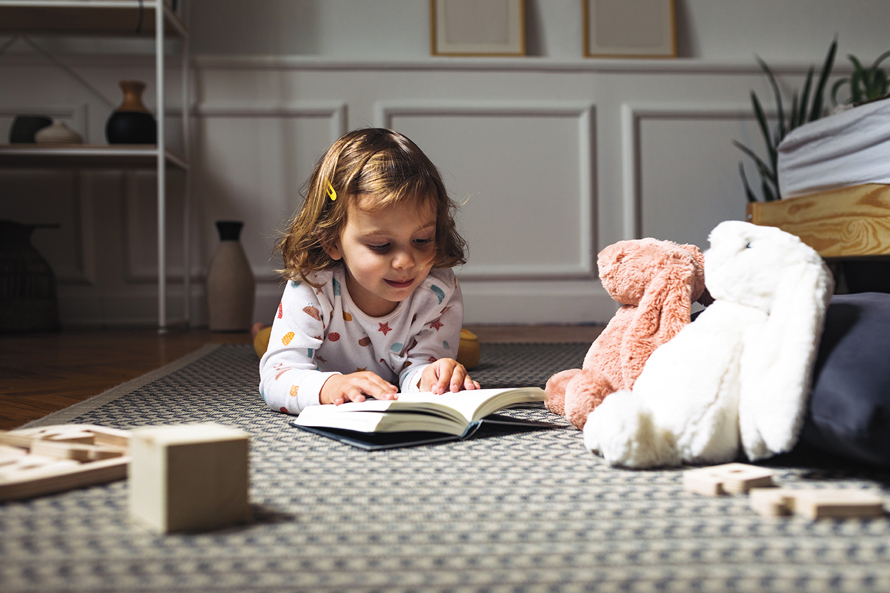
For further (online) readingFor a broader look at environmental issues, such as ecosystems, endangered species, climate change and habitat destruction, the children’s librarians at Seattle Public Library have put together a few lists from their collections of quality science books for kids. Series:Many of these sources are good for other nonfiction topics, too. Individual Titles:
|








